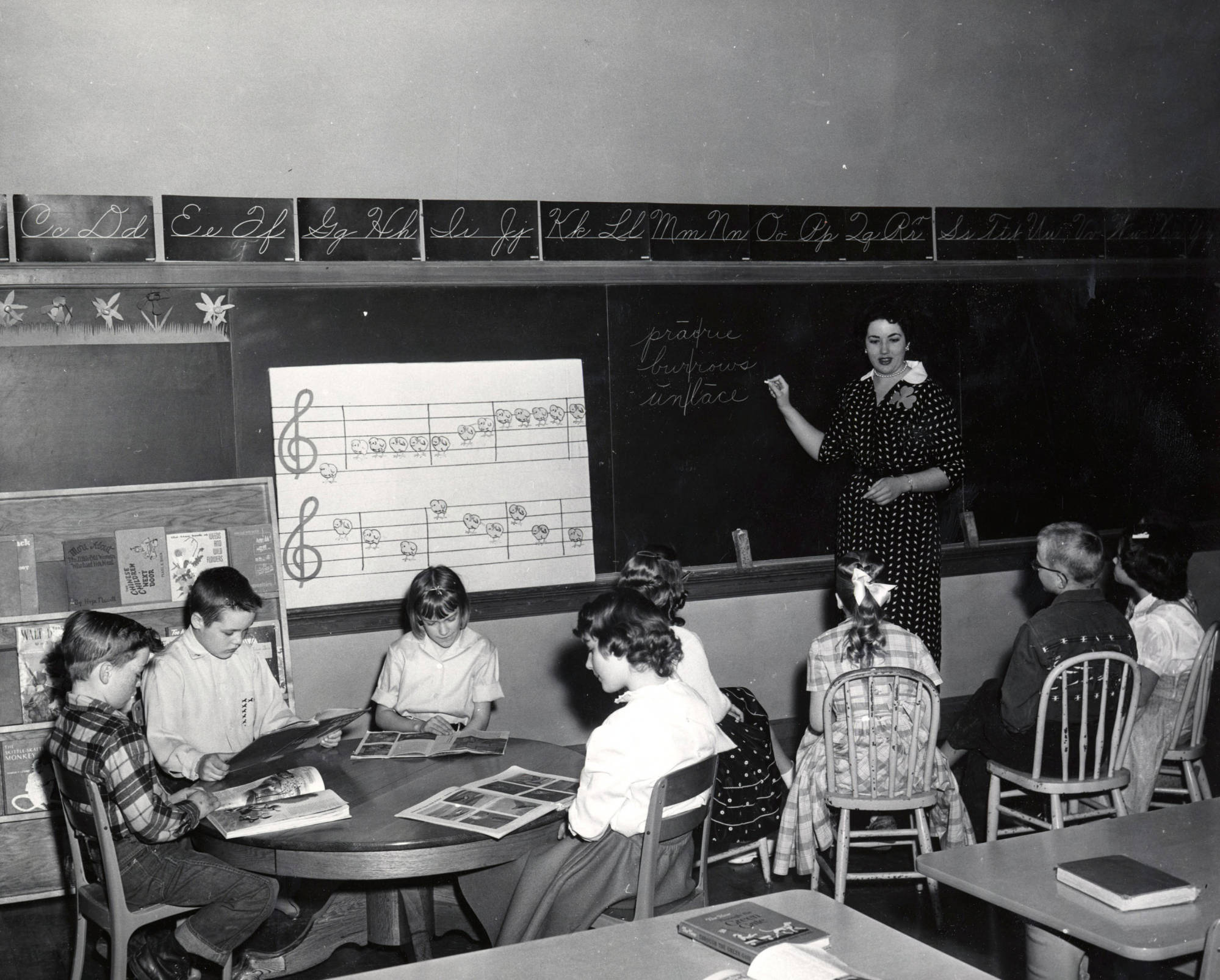
Easy to set up
One easy way to introduce place value is to make a place value game using a painter's tape grid on the floor. Label each box with the place value it represents, including thousands, hundreds, tens, and ones. Next, draw number cards on the tape to represent the numbers.
This game is suitable for children of all ages and abilities. It helps children to make connections between abstract numbers and the real world. It increases pupils' confidence when it comes to visualizing and partitioning numbers, and also speeds up their mental calculations.
Play is fun
This fun place value game can be used to introduce number placement to children. Each player picks a number card to match with the number on the mat. The difficulty increases as children add decimal numbers. Children can also count the days of school with counters, adding more numbers as the years progress.

Students get up from their desks to play this game and work on place value. They then use a key to determine the letter corresponding to each number. Students can play the game by themselves, with a partner, and in small groups.
This book helps children understand the concept of place value
One of the best ways to teach kids place value is to use money as a visual teaching tool. The majority of children understand that ten pennies equal one dime, so you can use that concept to explain place value. You can also use groupings of values by using money as a visual tool.
When using the four operations on large quantities, place value is something children should learn. It helps them understand the reasoning behind the four operations and makes the answer simpler to arrive at. Methods such as the bus stop, column, and column methods can be used by children to help them solve problems. They all require looking at each digit individually and understanding the effect of place value on the final result.
Good for older kids
This place-value game requires concentration as well as speed. To create the highest number, older children can order the pins. You will need three number cards and a deck with playing cards, UNO or WILD cards. Larger numbers work best for this activity. This activity is designed to help students add and subtract numbers.

You can set up a large playing field, or use a grid of random multi-digit numbers. Students can use a prompt verbally to have them hop to the correct number. They may also be able to mix their actions such as hopping on one leg or crab walking. This game of place value can be integrated into a summer-themed learning unit or left alone.
Great for home practice
Place value games are great for strengthening the concepts of value. They are also a great way to teach students how to recognize and remember numbers and their relationships. The game reinforces the idea that the numbers on the left side of a number line is smaller than the ones on the right. As the student moves along the game board, they must cover the number in the center.
It is also possible to use a place value system at home. With chalk, a large playing area can be created. A grid of random multidigit numbers can then be added. By prompting students verbally, they can practice hop-shopping to the correct number. A second variation is for students to use pompoms to represent tens, ones, and wooden craft sticks or to represent numbers.
FAQ
What's the difference between private and public schools?
All students have access to public schools at no cost. They provide education from kindergarten through high schools. Private schools charge tuition fees for each student. They provide education from preschool to college.
Charter schools can also be found, which are privately owned but are not publicly funded. Charter schools do not follow the traditional curriculum. Instead, they give their students more freedom to learn what interests them.
Charter schools are popular among parents who believe their children should have access to quality education regardless of financial status.
How do you get scholarships?
Scholarships are grants that can be used to pay college costs. There are many types and types of scholarships. These are:
-
Federal Grants
-
State Grants
-
Student Loans
-
Work Study Programs
-
Financial Aid
Federal grants come directly from the U.S. government. Federal grants usually require applicants to meet specific requirements. You must, for example, demonstrate financial need.
Each state offers state grants. These funds are offered by individual states based on financial need. Others offer money for specific purposes.
Banks and other lending agencies can provide student loans. Students often borrow money to pay for tuition and living expenses.
Employers are encouraged to employ qualified students through work-study programs. Employers must pay at least the minimum wage to their employees.
Financial aid is available to help low-income families pay for college. It covers all or most of the tuition costs.
What is homeschooling?
Homeschooling allows children to be educated at their own home by their parents. It's also known as home education, self-education, and home educating.
Families who wish to homeschool their children are well served by this option. This method allows them to receive a quality education without leaving the comfort of their own home.
They educate their children right from birth through high school. They decide on the subjects they want to study and how much time each subject should take. Each student learns all on their own.
The parents decide when to teach their children. Schools recommend that children begin classes between the ages of four and twelve. However, some families prefer to wait until their children are in kindergarten before they start teaching.
You can use any number resources to help your children through the curriculum. Books, videos, websites, and even magazines provide valuable lessons.
Many families find that homeschooling is a good fit for their hectic schedules. It allows parents to spend more quality time with their children than traditional public schools.
Is it difficult for a teacher to become?
Becoming a teacher requires a major commitment. Your studies will require a lot of your time.
While earning your degree, you should expect to work about 40 hours per săptămână.
Additionally, you need to find a job which suits your schedule. Many students have trouble finding part time jobs that balance schoolwork with their lives.
If you get a permanent job, you'll likely be teaching classes during the workday. You might even be required to travel to other schools throughout the week.
Statistics
- Data from the Department of Education reveal that, among 2008 college graduates, 92.8 percent of humanities majors have voted at least once since finishing school. (bostonreview.net)
- Think of the rhetorical power of nineteenth-century abolitionist Harriet Beecher Stowe, Martin Luther King, Jr., or Occupy Wall Street activists with their rallying cry of “we are the 99 percent.” (bostonreview.net)
- These institutions can vary according to different contexts.[83] (en.wikipedia.org)
- They are more likely to graduate high school (25%) and finish college (116%). (habitatbroward.org)
- They are also 25% more likely to graduate from high school and have higher math and reading scores, with fewer behavioral problems,” according to research at the University of Tennessee. (habitatbroward.org)
External Links
How To
What is vocational education?
Vocational Education prepares students for work by giving them skills that are required for a specific job, such as welding. Vocational Education also offers apprenticeship programs that provide on-the-job training. Vocational Education is different than general education. It focuses on specific careers and not learning broad knowledge for the future. Vocational education does not prepare students for university, but it helps them find work after graduation.
Vocational education may be provided at all levels of schooling, including primary schools, secondary schools, colleges, universities, technical institutes, trade schools, community colleges, junior colleges, and four-year institutions. Many specialized schools are available, including nursing and culinary schools, law schools medical and dental schools, veterinary medicine school, veterinary medicine schools, firefighting training schools, police academies, military academy, and other military schools. Many of these schools provide both academic instruction as well as practical experience.
In recent decades, many countries have made large investments in vocational training. However, it is not clear if vocational education is effective. Some critics believe it doesn't help students get hired, while others claim that it helps prepare them for life after high school.
According to the U.S. Bureau of Labor Statistics 47% of American adults have a postsecondary certificate. This figure is higher for those with more education. 71% (25-29) of Americans have a bachelor's level or higher and work in fields that require a postsecondary degree.
The BLS reported in 2012 that almost half of all adults had some type of postsecondary credential. About a third of Americans were able to obtain a twoyear associate degree. Another 10% had a fouryear bachelor's. One fifth of Americans have a master's, or doctorate.
For those with a bachelor’s degree, the median annual income was $50,000. This is compared to $23,800 if you don't have one. The median salary for people with advanced degrees was $81,300.
The median income for those who have not completed high school was just $15,200. The median annual income for those with less than a high-school diploma was $13,000